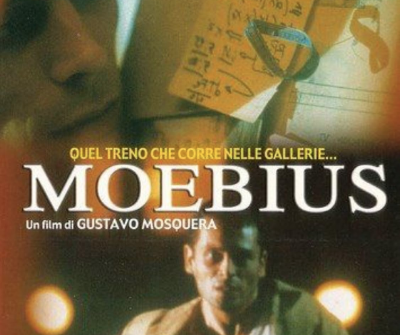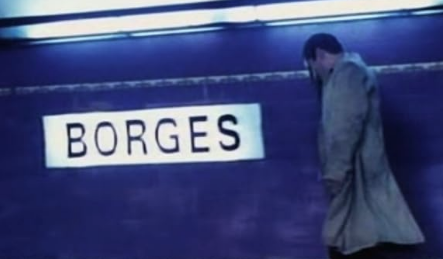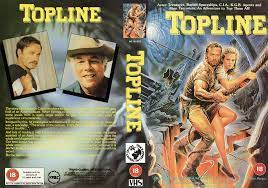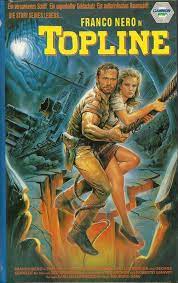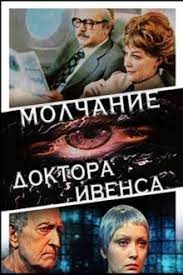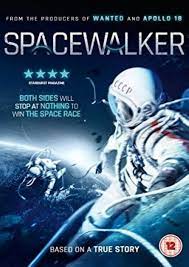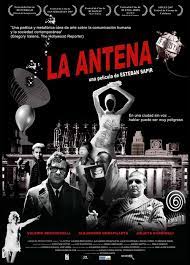La turbulence des fluides (2002)
IMDB meta-data is a runtime of 1 hour and 55 minutes, rated 6.8 by 1010 cinematizens.
Genre: Rom w/o the Com.
DNA: Québécois.
Verdict: The Usual.
Tagline: Sincere.
Fraternity Brothers Advisory: nudity.
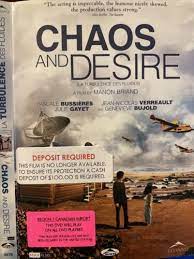
The worldly sophisticate reluctantly returning to the hometown of Drearyville is well trodden ground. It has few new flavours here. The sophisticate is in a high powered lab in Tokyo when the call from her birth place comes, that is Baie-Comeau in Quebec which she left as a child. She resists but the Japanese are honour-bound to send someone and she is the obvious choice.
The prodigal seismologist with all her maximum tech gear (none of which is ever used) can see something strange is happening here but what is it and what is causing it? To get more data she advertises for reports of abnormalities. The locals comply and she is introduced to the quirks and oddballs who have coalesced in this back of beyond. The implication is that the aberrant hydrology of the Fleuve Saint Laurent is somehow connected with the odd behaviour of the residents. The unseasonal hot weather, is perhaps also related to the river. The oppressive heat and humidity is very well realised on film. But none of these strands are brought together.

Seismologist is detached, distant, almost glacial even in the heat. Get the job done and get out is her approach. She carries around a pocket shredder to demolish the business cards given to her. Figure that out, Mortimer, because I couldn’t.
That is the build-up, but thereafter it descends into a conventional and inevitable climax where the star crossed lovers get to the nude scene. Mind you there are some nice touches along the way. The disappearing telephone-book pages, but then, wait, telephone books! Geneviève Bujold adds a touch of class as the proprietor of an all-night café. The seismologist has a lively assistant, and there is some choral singing. Moreover, there is loving cinematography of the foreshore of the mighty river. There is an ingenuous, though impossible, plot device and a big finish, but no spoiler on either one of those.

Now for the vinegar. It is half an hour too long for the storyline, but more importantly it is broken-backed. There are the anomalies and there is the love story and they are only coincidentally connected. It all comes to that old bittersweet song ‘You Can’t go Home Again’ by Heraclitus.
I came across it on a list of Sy Fy films and that provoked my interested. There will be stern words for that lister one day because it is not that.


